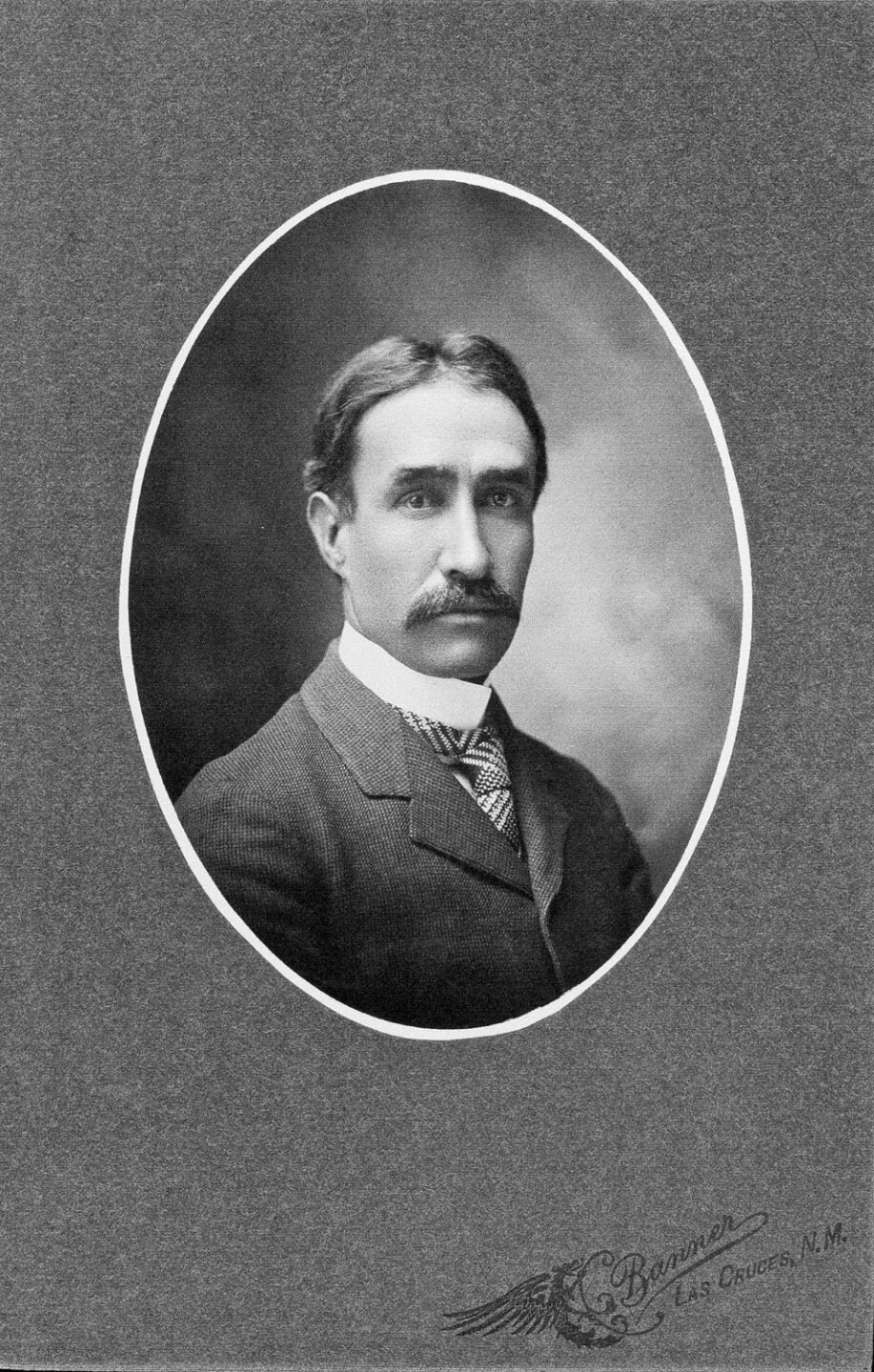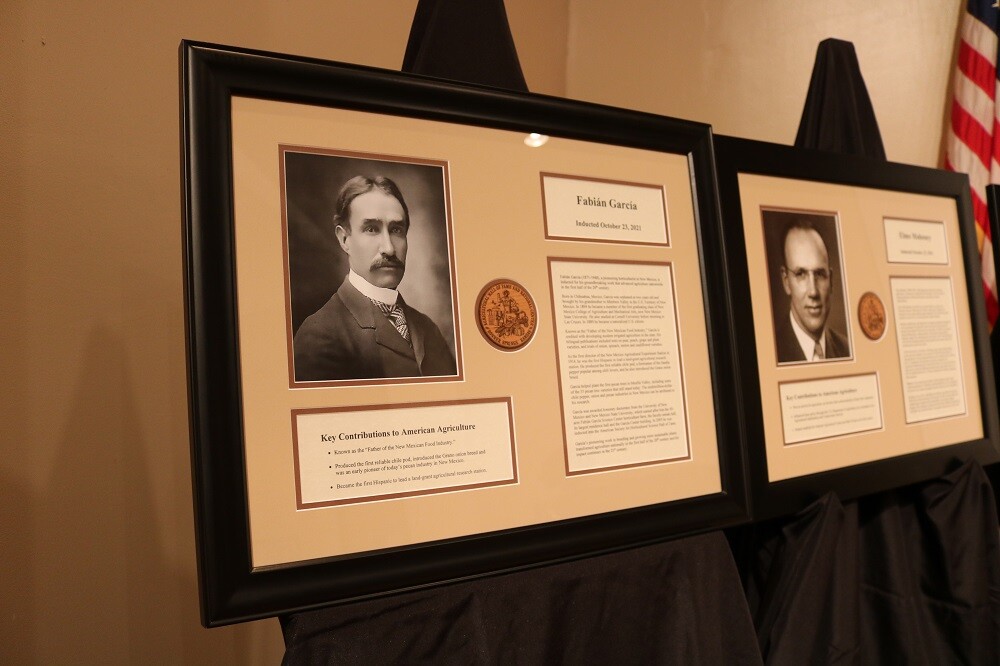DENVER — As summer comes to an end in Colorado, green chiles roasting at roadside stands are a familiar sight and smell. But this iconic pepper of Colorado cuisine wouldn’t be so popular today if it weren’t for one man almost 100 years ago.
Fabián García, known as father of the New Mexico chile, was a Mexican-American horticulturist who pioneered new ways to grow food in the hot and dry conditions of the American Southwest.
The green chiles we eat today — especially those grown in Hatch, New Mexico — all trace back to peppers cultivated by García in the early 1900s.
“ [García] transformed the physical landscape, and we can see it on a daily basis,” said Dr. Peter Kopp, a history professor at the University of Colorado Denver.
But outside of New Mexico, García’s story has largely been forgotten. That’s why Kopp is writing a book about García’s trailblazing contributions to American agriculture, "Fabián García: Father of the New Mexico Chile Pepper."
“My hope is that people outside of the broader Southwest will read the story and embrace him as a national hero much like George Washington Carver,” Kopp said.
Just as Carver, an African American scientist, brought new crops like peanuts to the South, García did the same for the Southwest.
“All the varieties [of chiles] that are grown in New Mexico today in Hatch, those go back to Garcia,” Kopp said.

García grew up as an orphan in Chihuahua, Mexico. He immigrated to New Mexico and became a U.S. citizen in the late 1800s.
García accomplished many firsts. He was the first Hispanic student to graduate from what is now New Mexico State University in 1894, and to earn a master’s degree in 1906. He was also the first Hispanic named as director of agricultural research for a U.S. land grant university — a position he held for 30 years.
But despite his innovations, García faced discrimination.
“He was denied services in hotels and restaurants throughout his travels wherever he went, because he was seen as too dark, too Mexican, too Indigenous,” Kopp said.
That discrimination is likely why García isn’t widely recognized in American history. It wasn’t until 2021 that García was recognized by the National Agricultural Center’s Hall of Fame – the first Hispanic ever inducted.

“I want people to look up and see what he overcame to achieve tremendous success,” Kopp said.
Although a rivalry has heated up in recent years between New Mexico’s hatch chiles and Colorado’s pueblo chiles, all of these peppers share “ancient roots together,” Kopp said.
"If you think of Pueblo, Colorado, down to Hatch and Las Cruces, New Mexico — if you don't think about the borders, you just think about culturally what existed there — it was people who used chile peppers for centuries,” he said.
“Food is culture, and in the southwest, our cultural history is Indigenous, and Hispanic and Mexican,” and García played a central role in that history, Kopp said.
This year, heavy rains and extreme heat have hurt chile crops in Colorado and New Mexico. If you’re hoping to stock up on chiles, vendors told Denver7 you better go soon. The season is starting late and will likely end early.
One way to get your chile fix is at the Pueblo Chile & Frijoles Festival from September 22 to 24.





